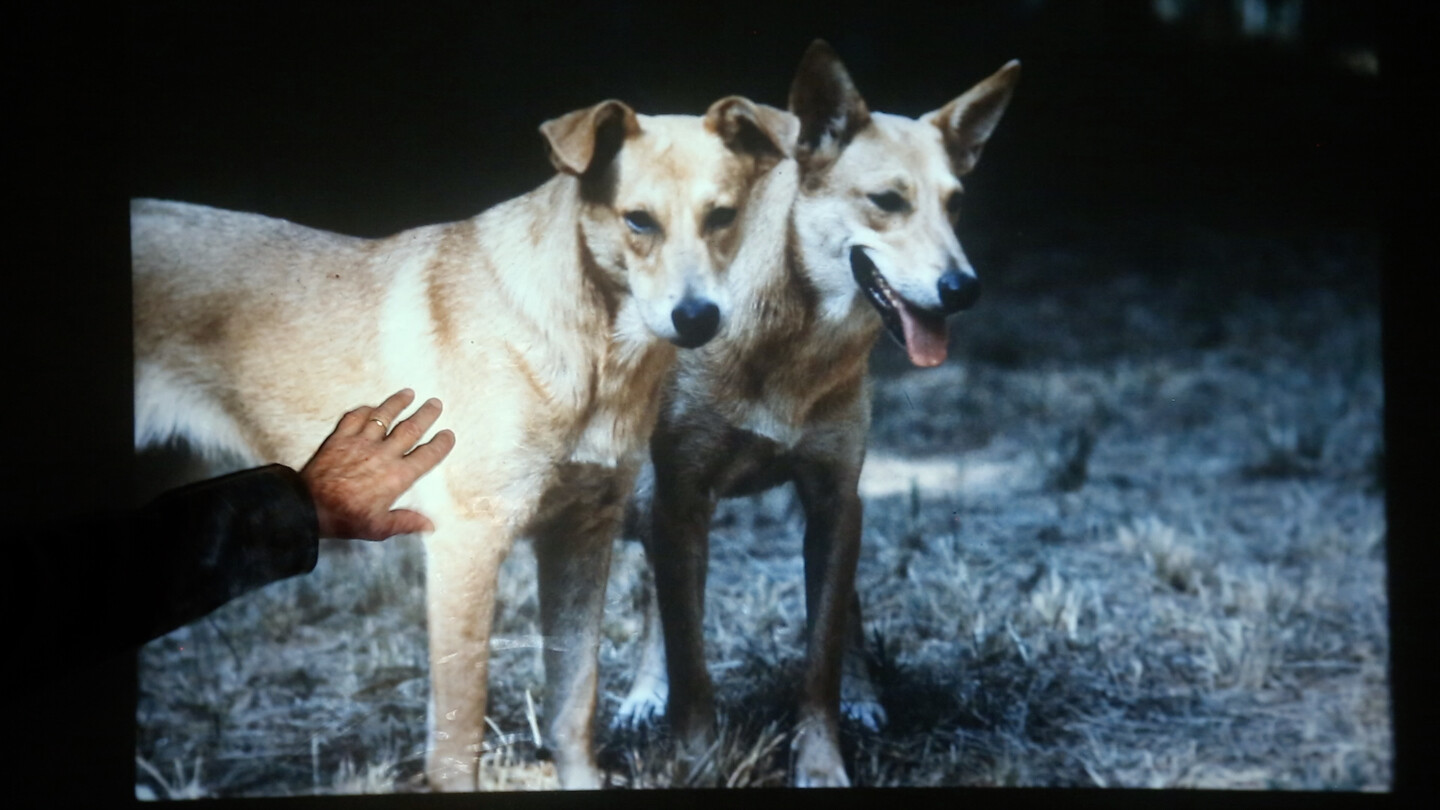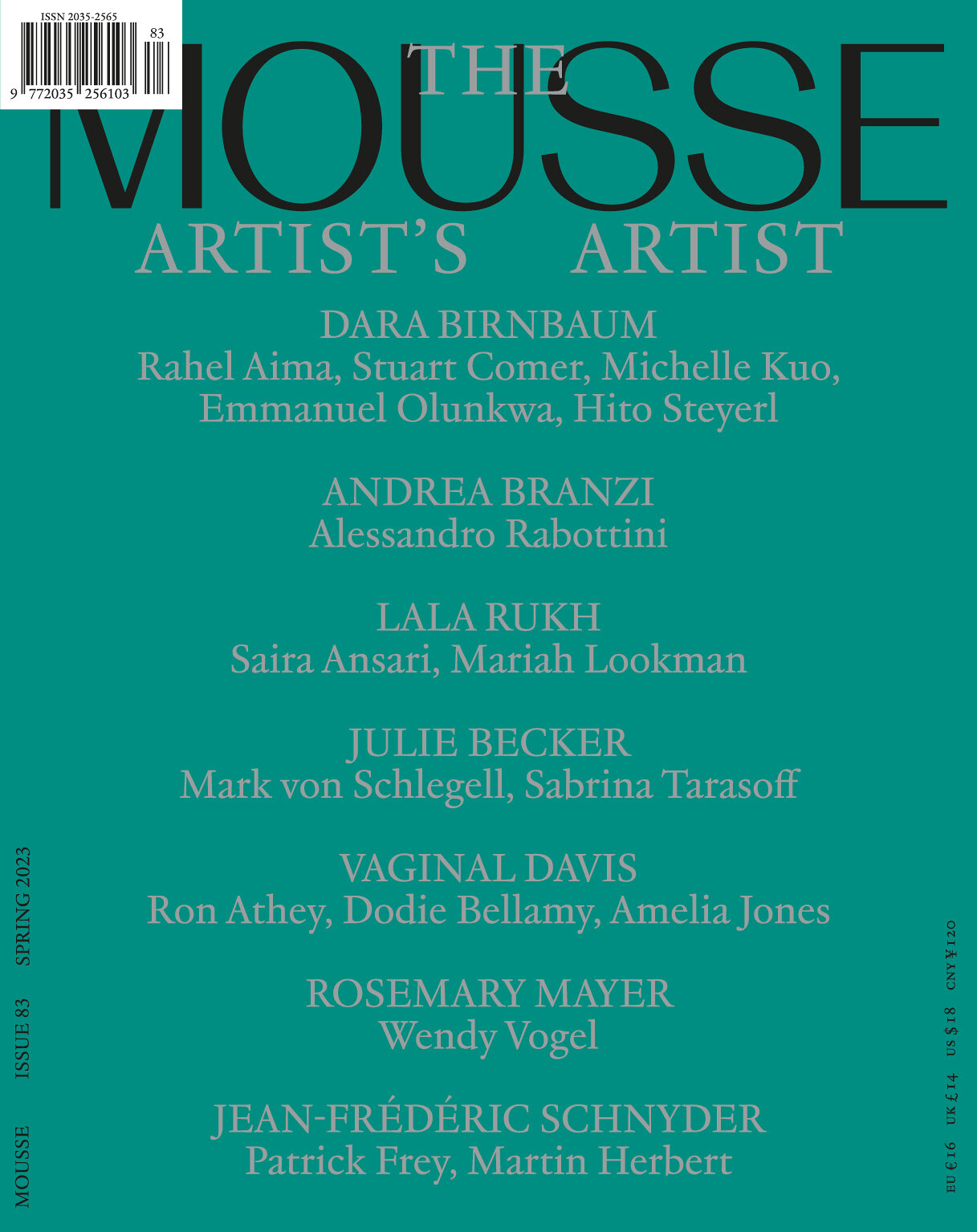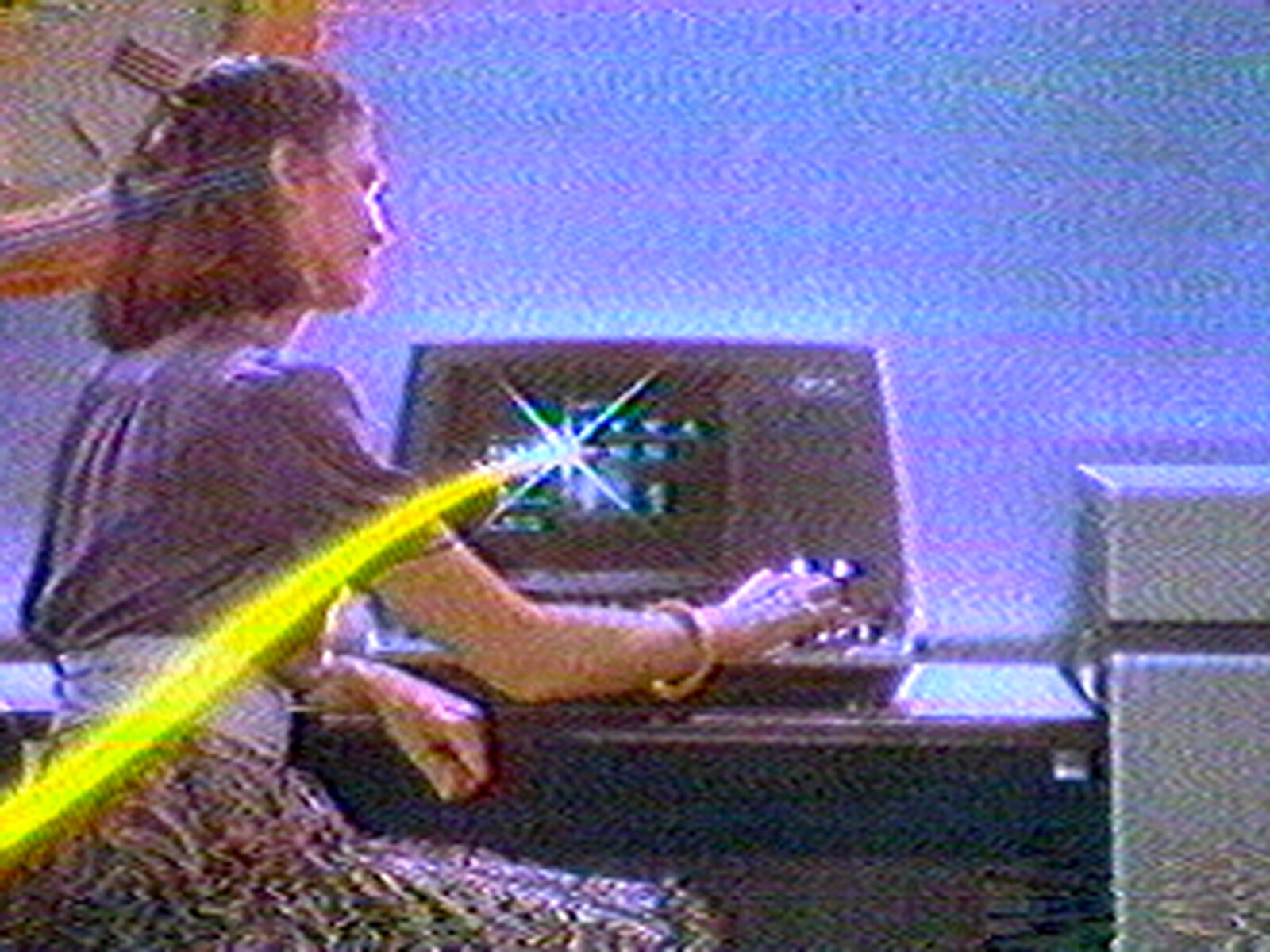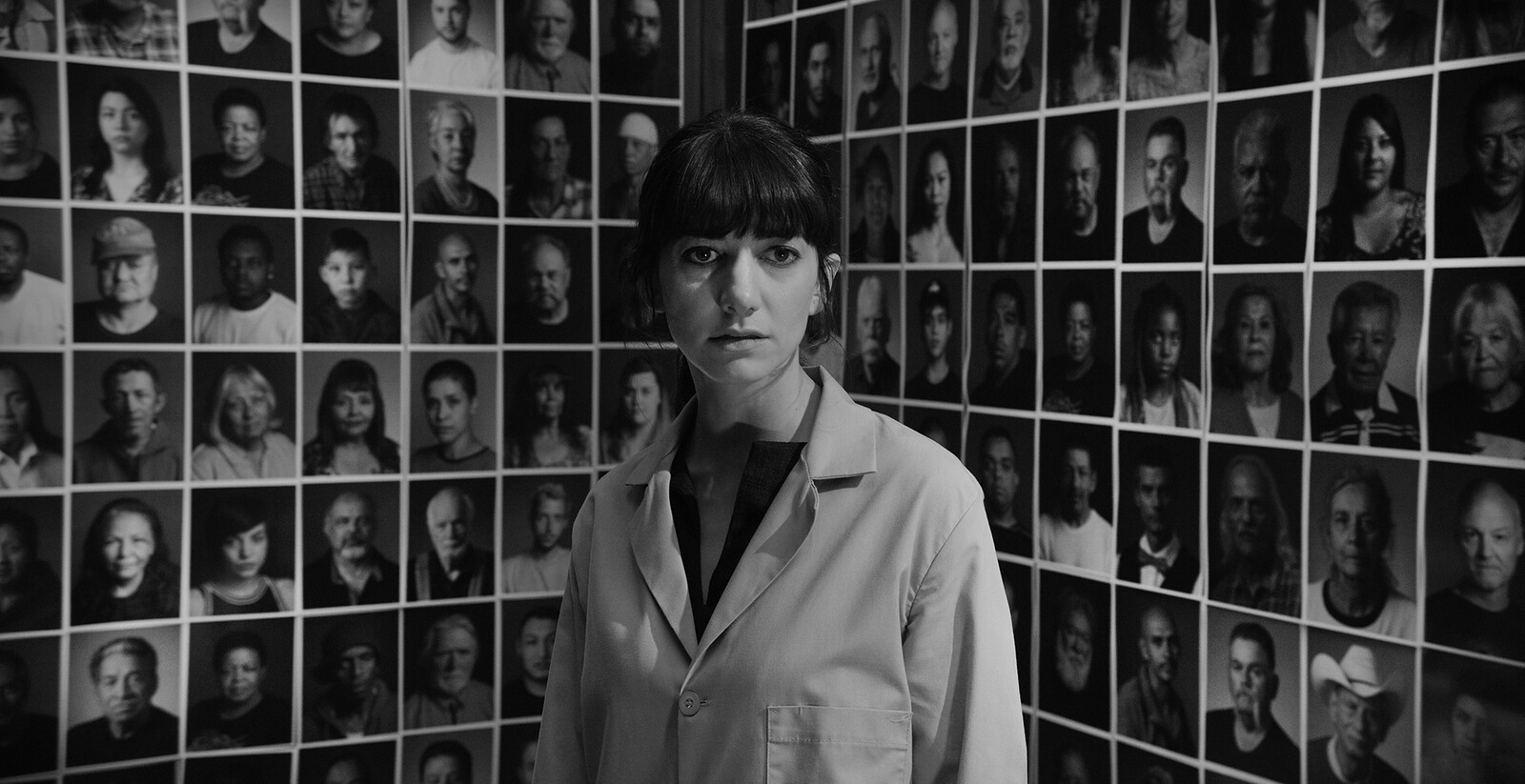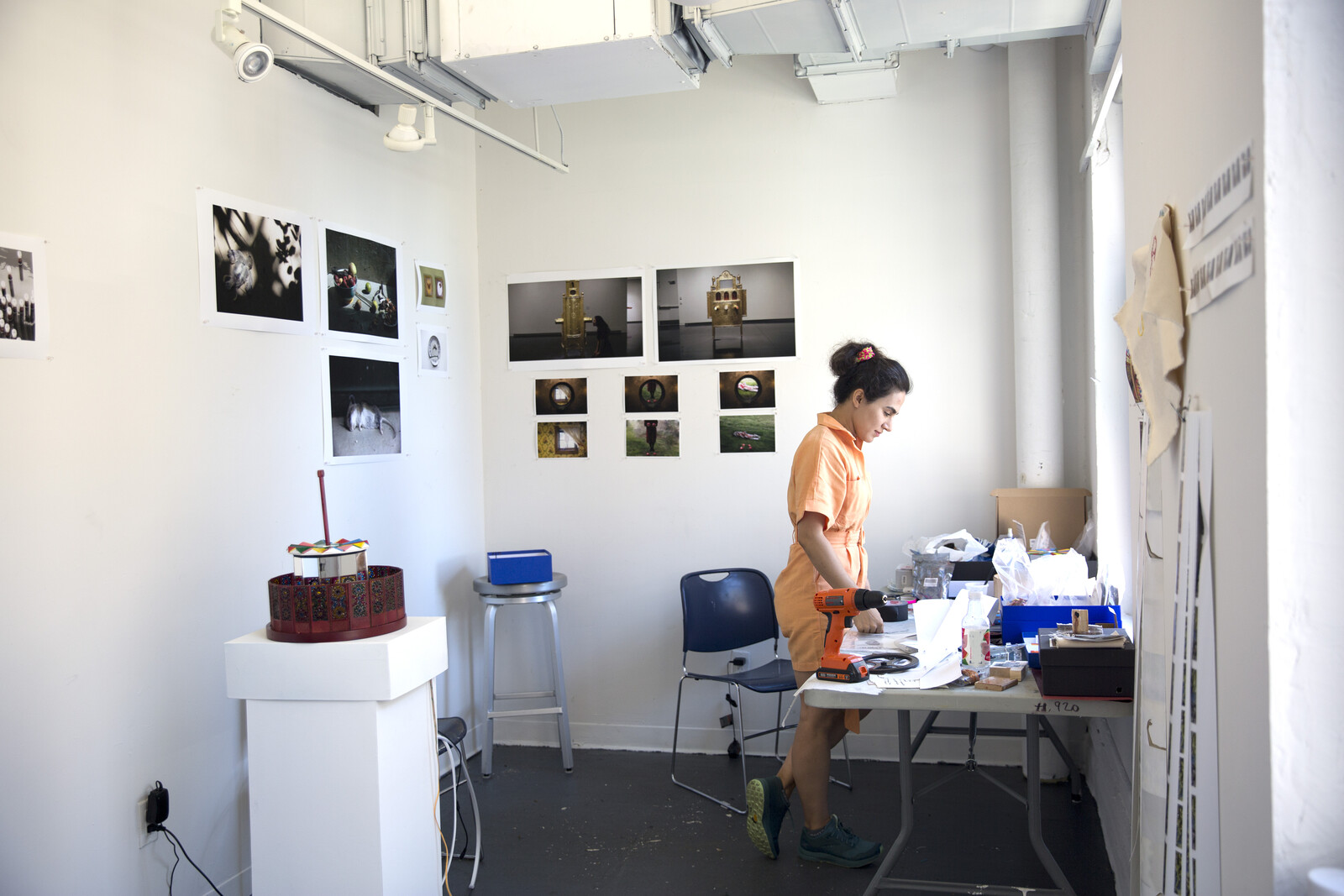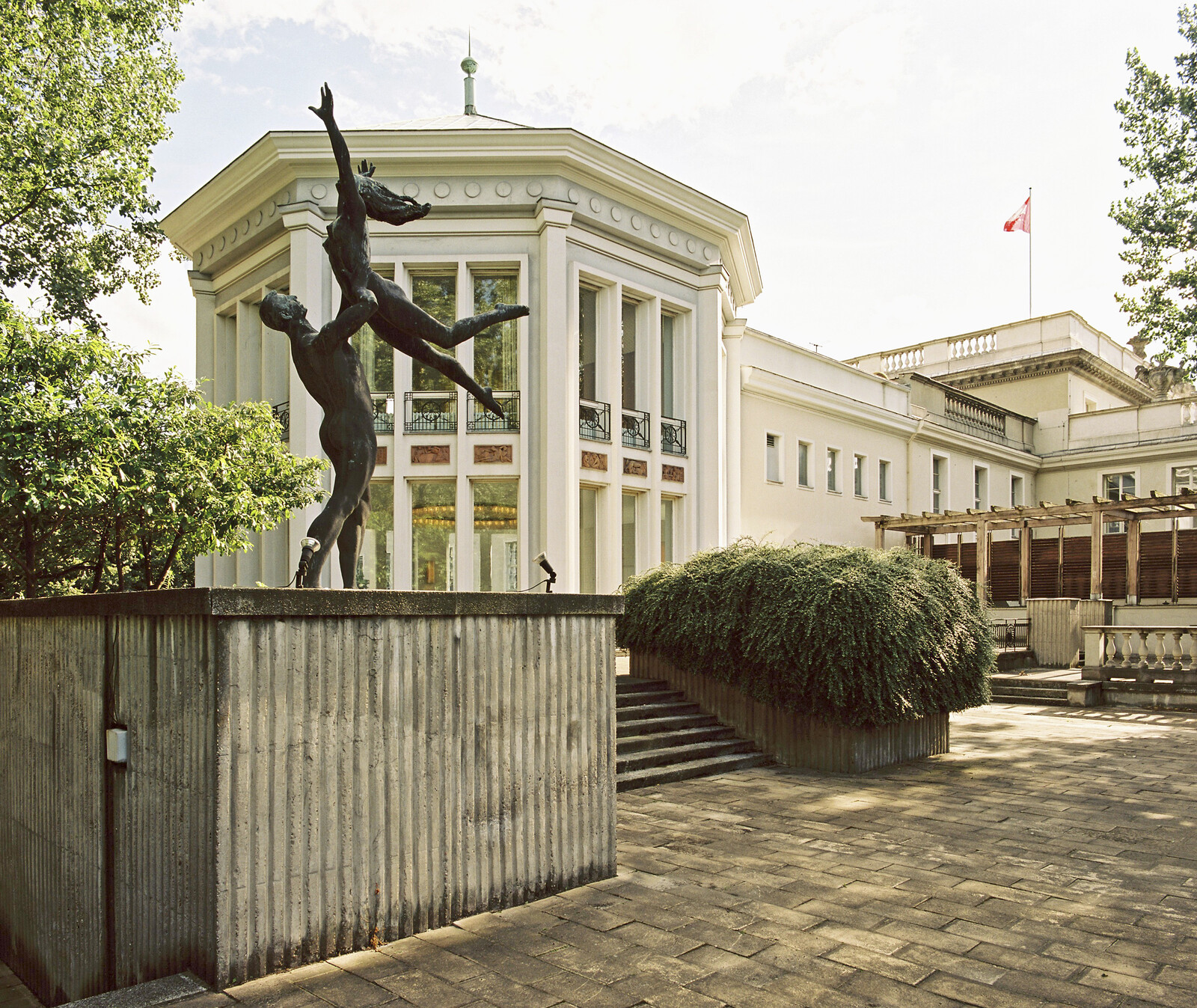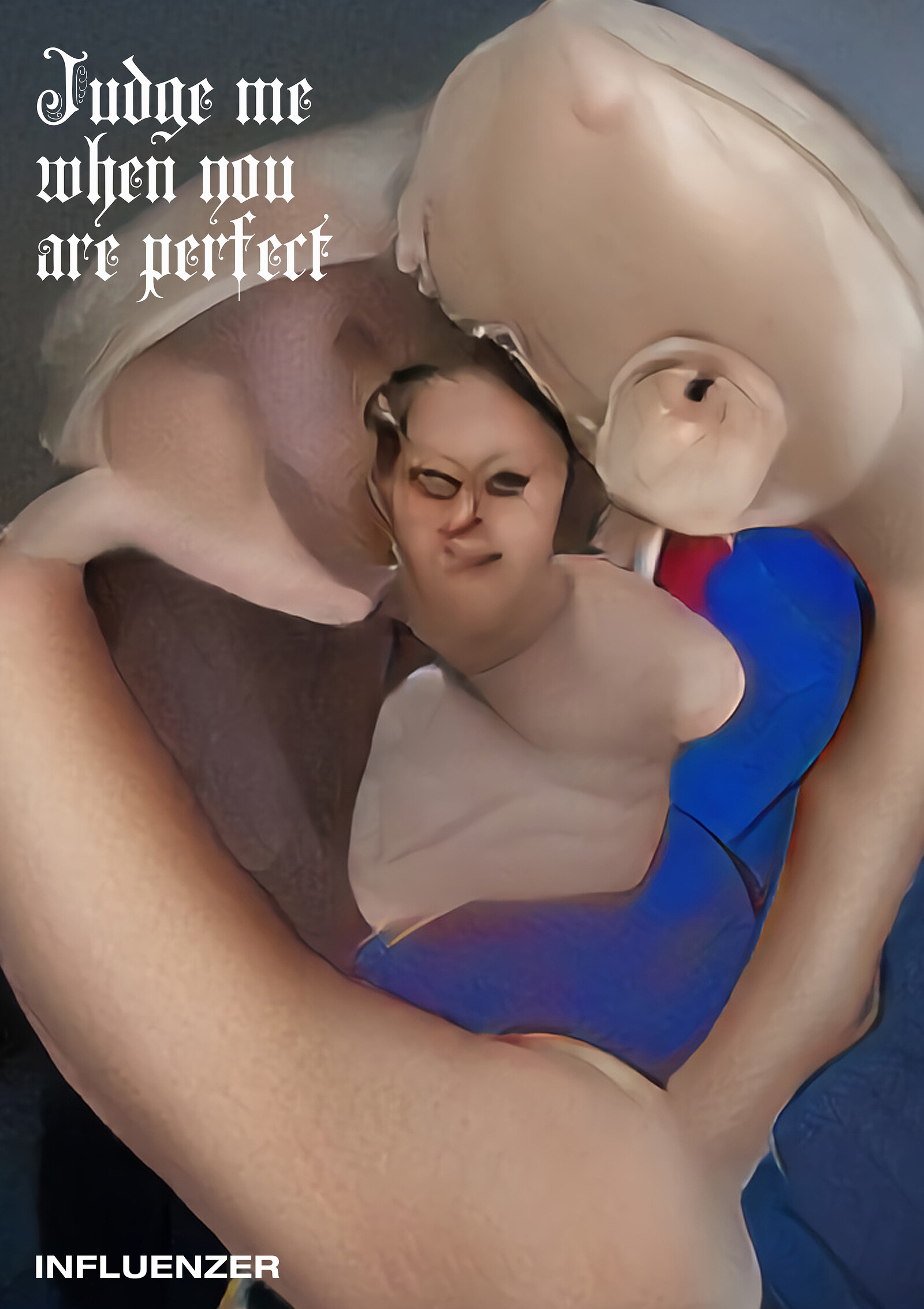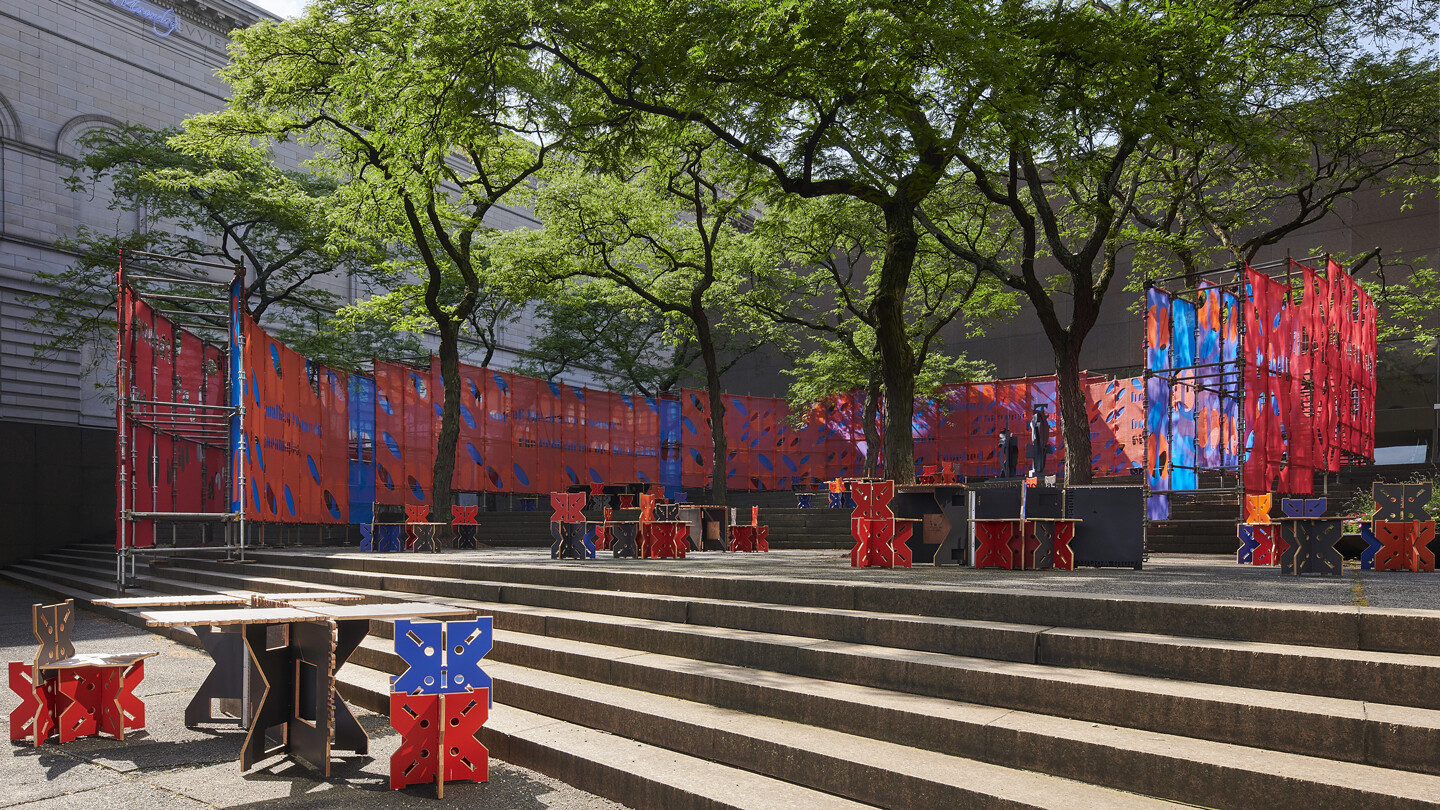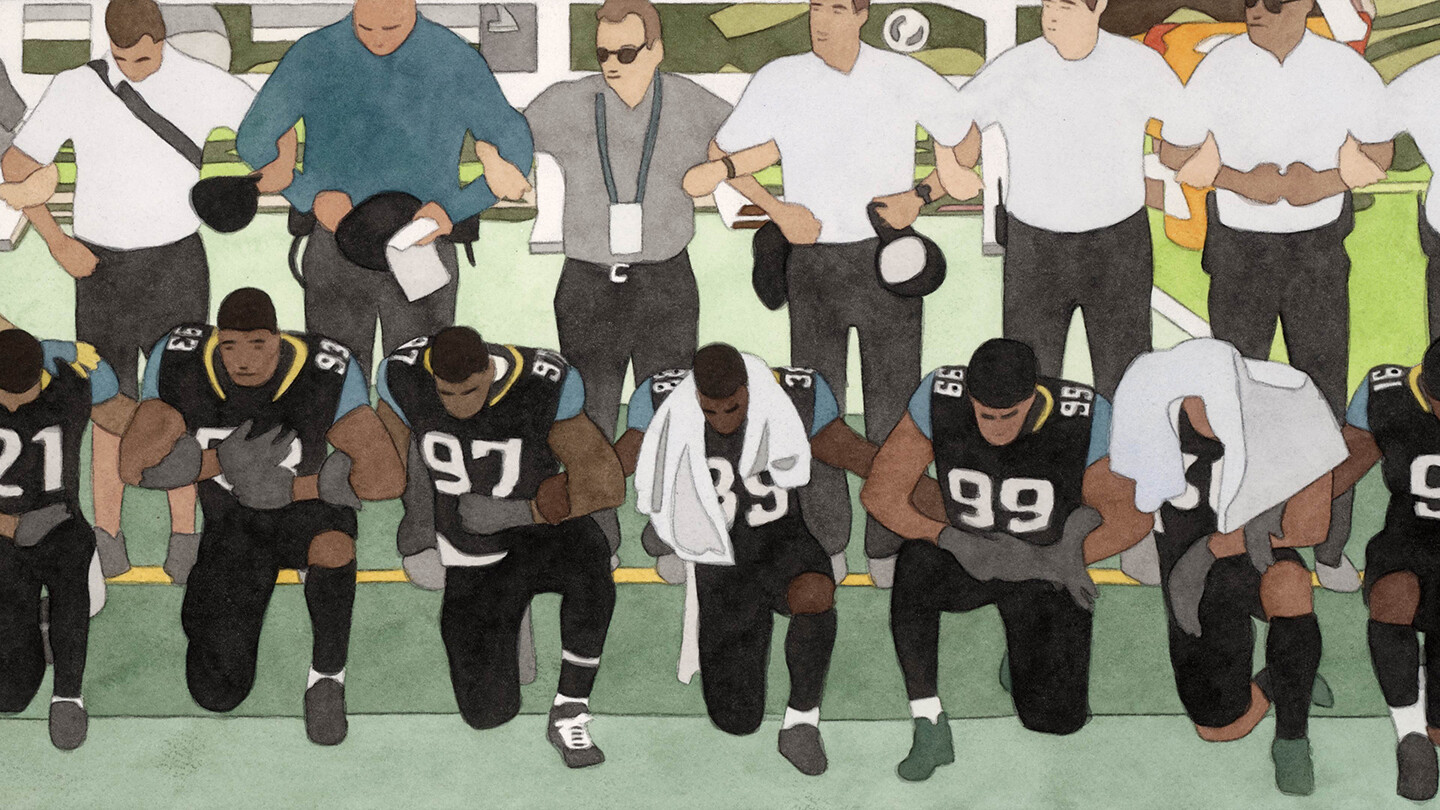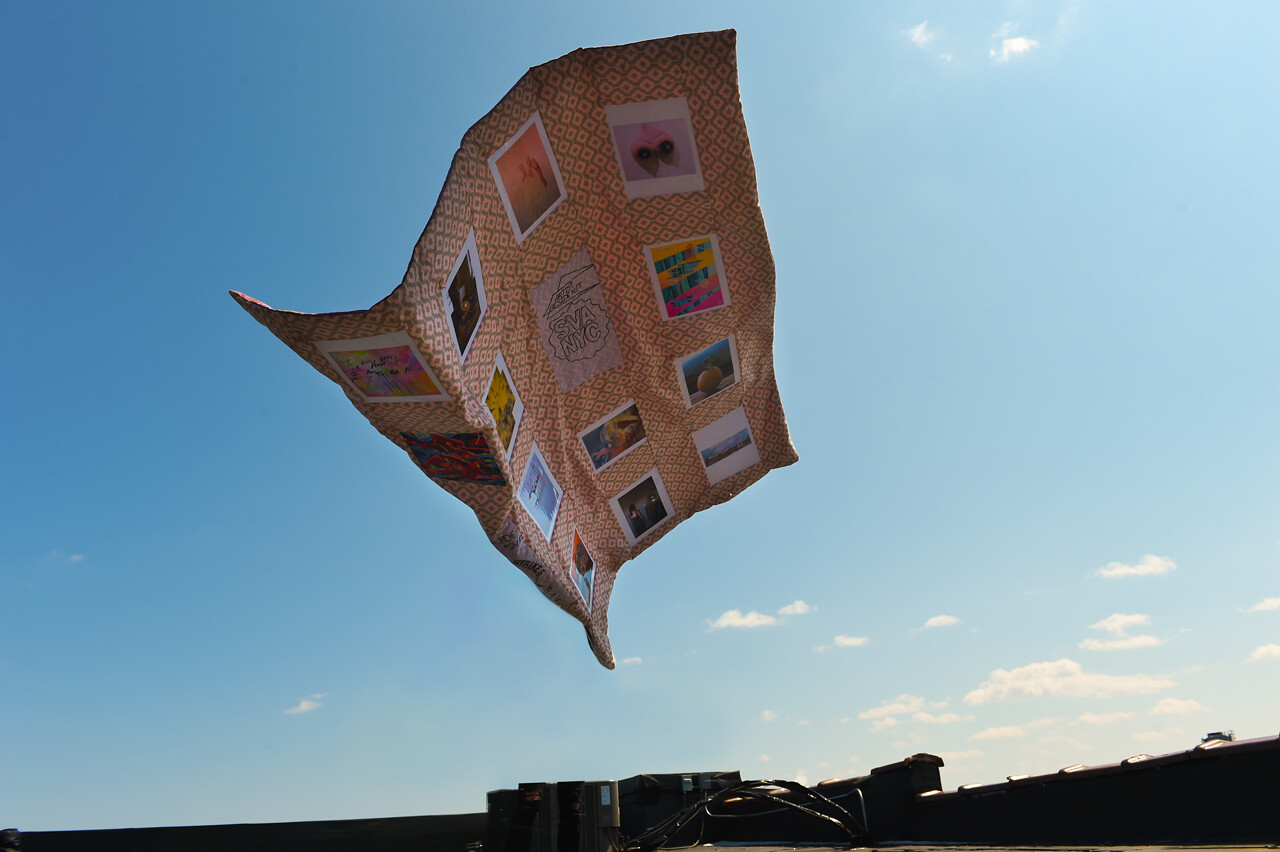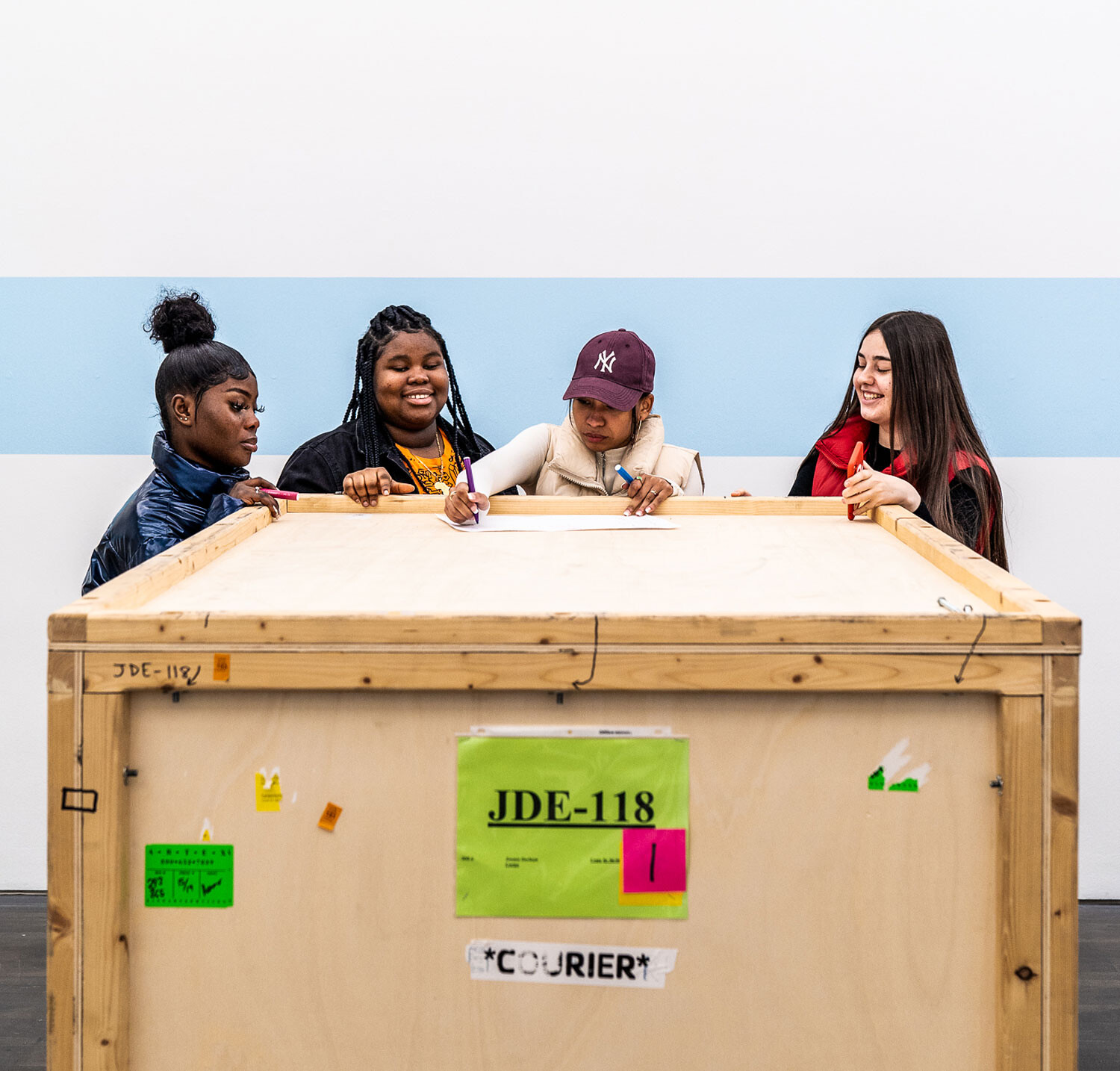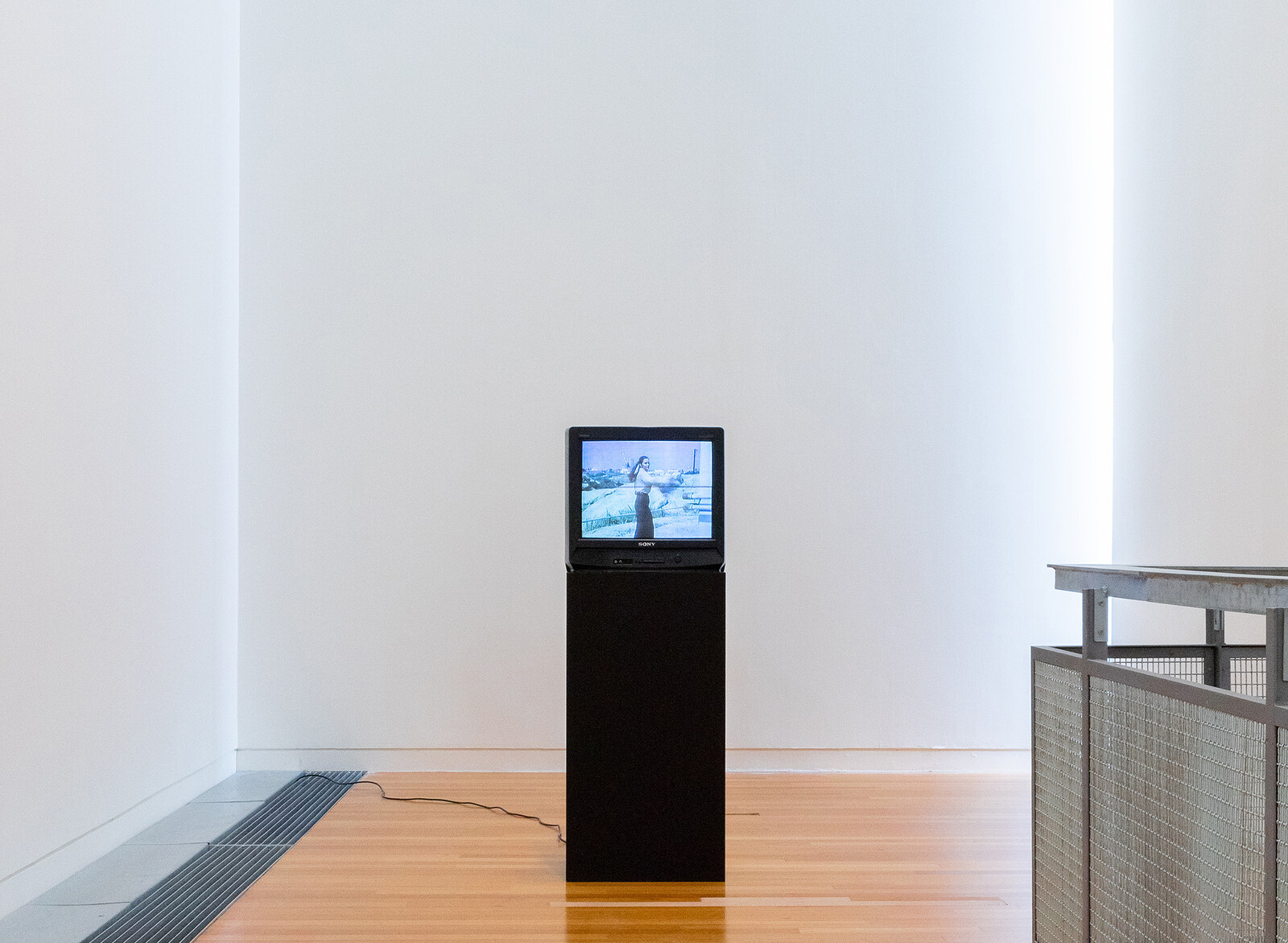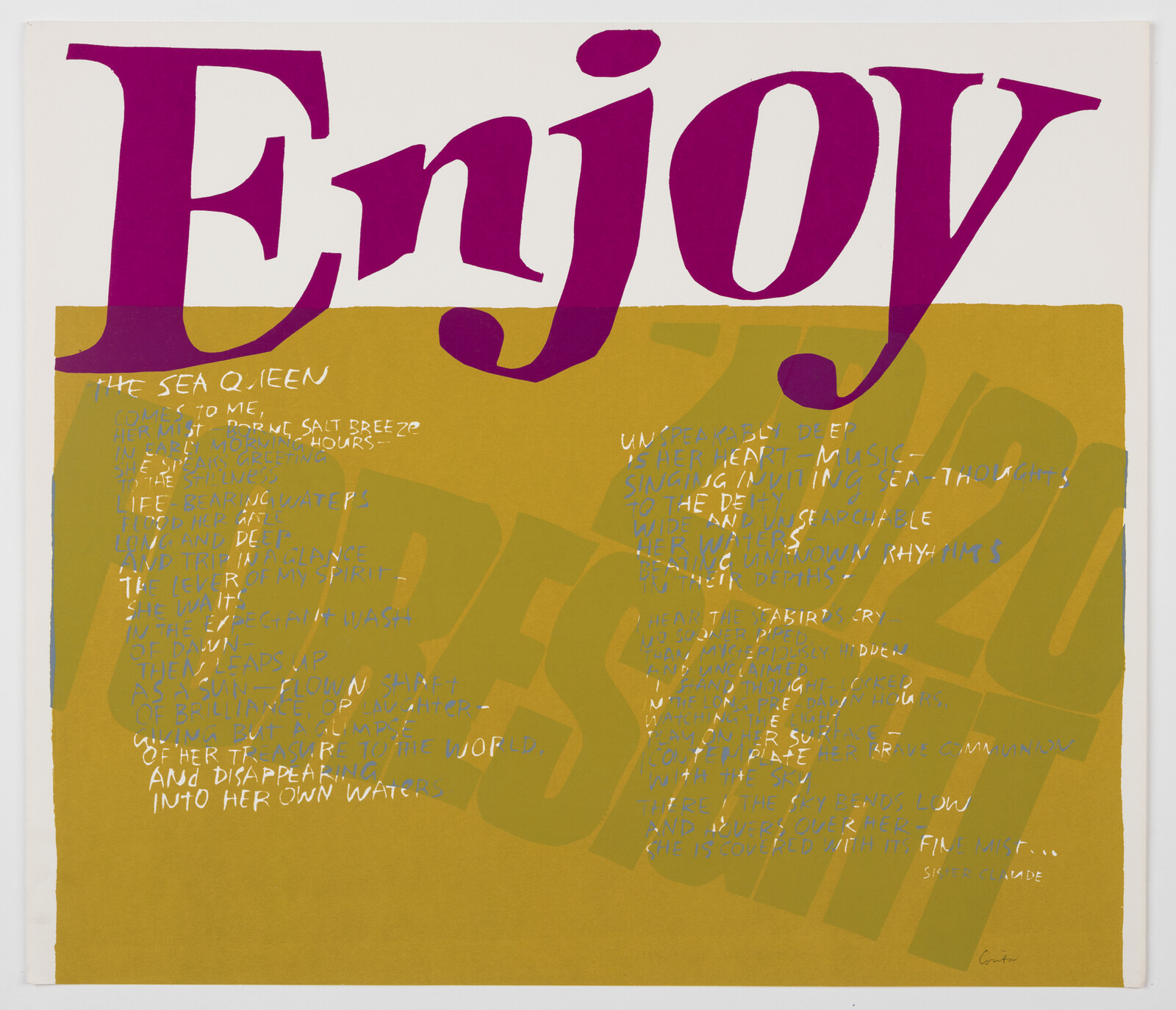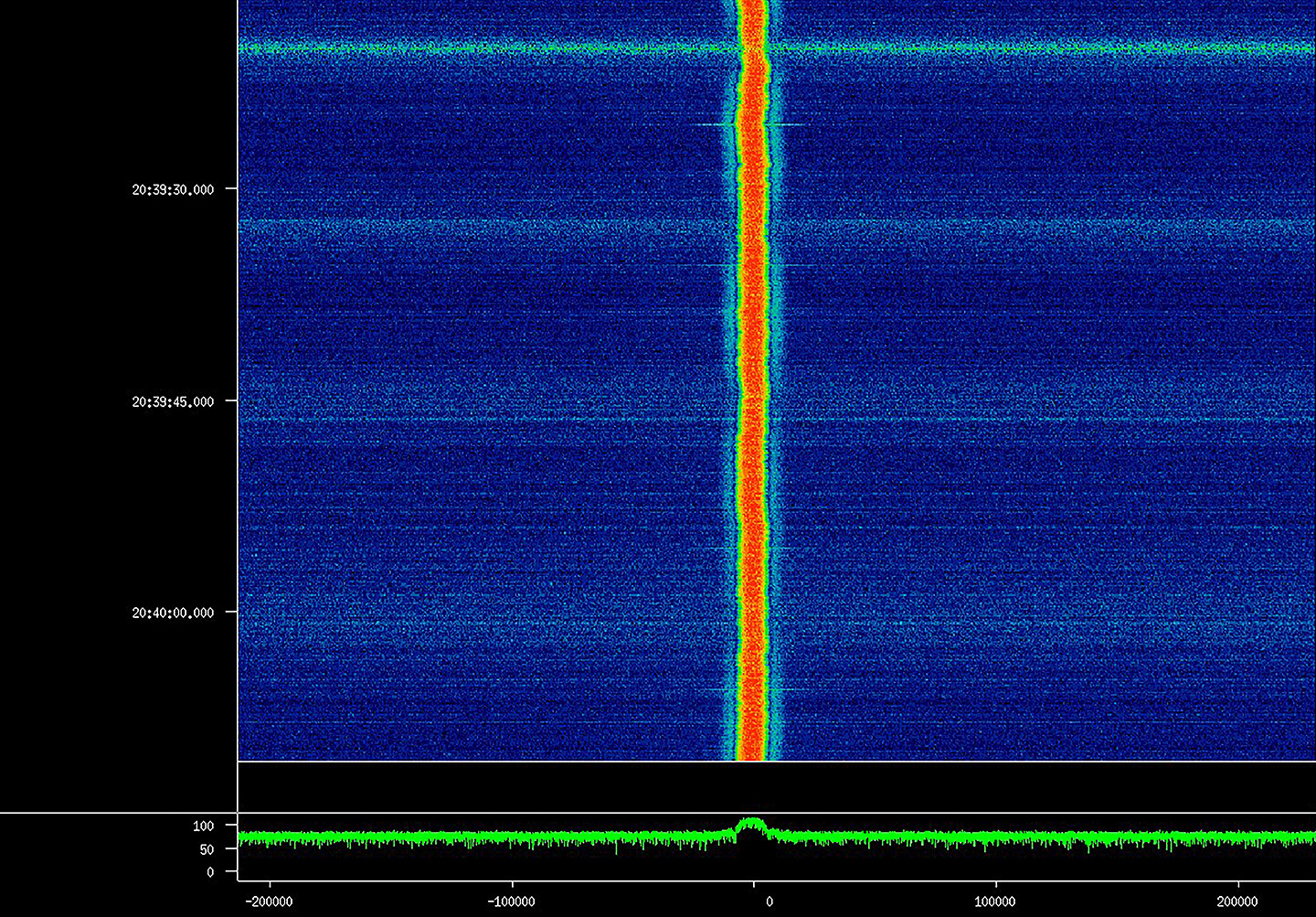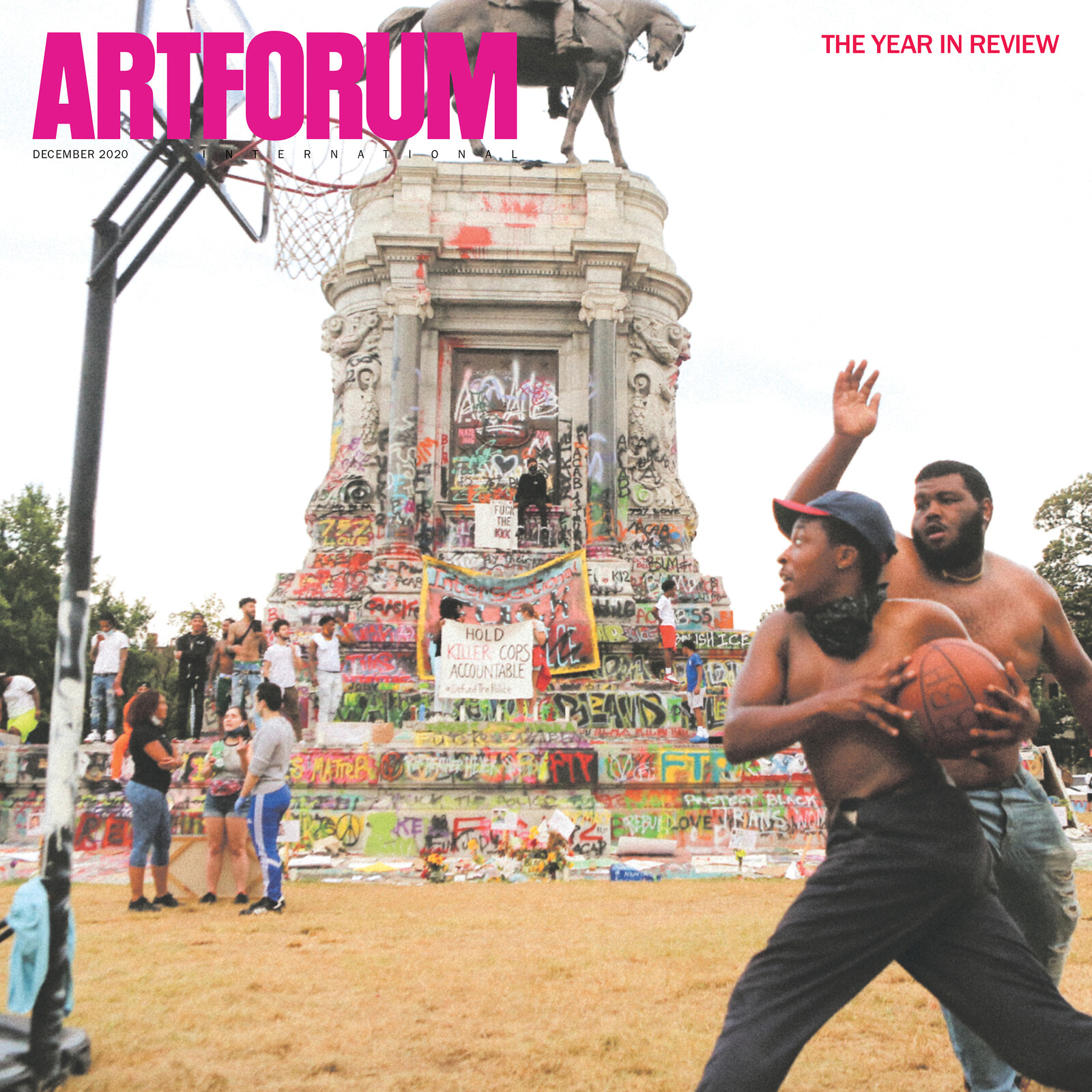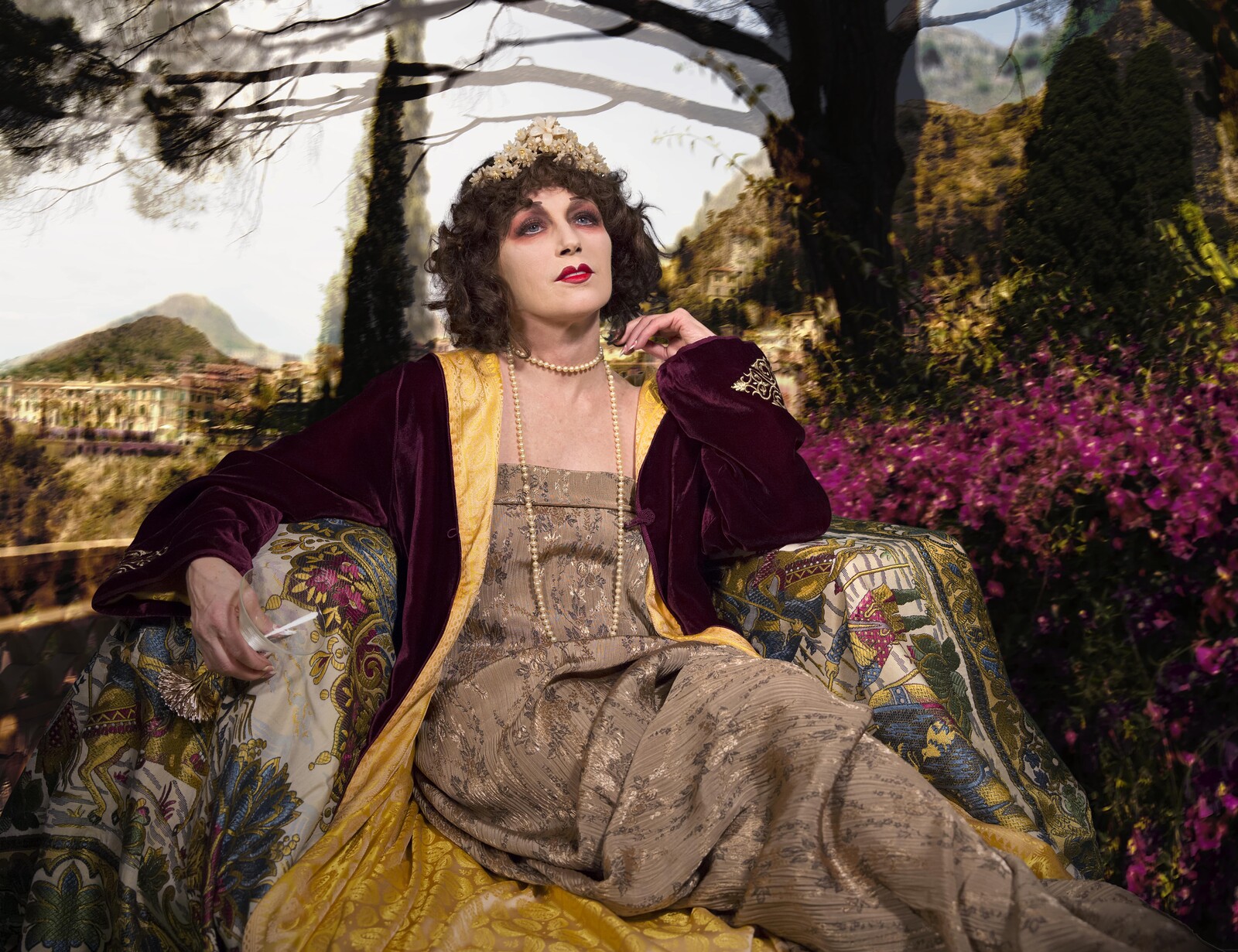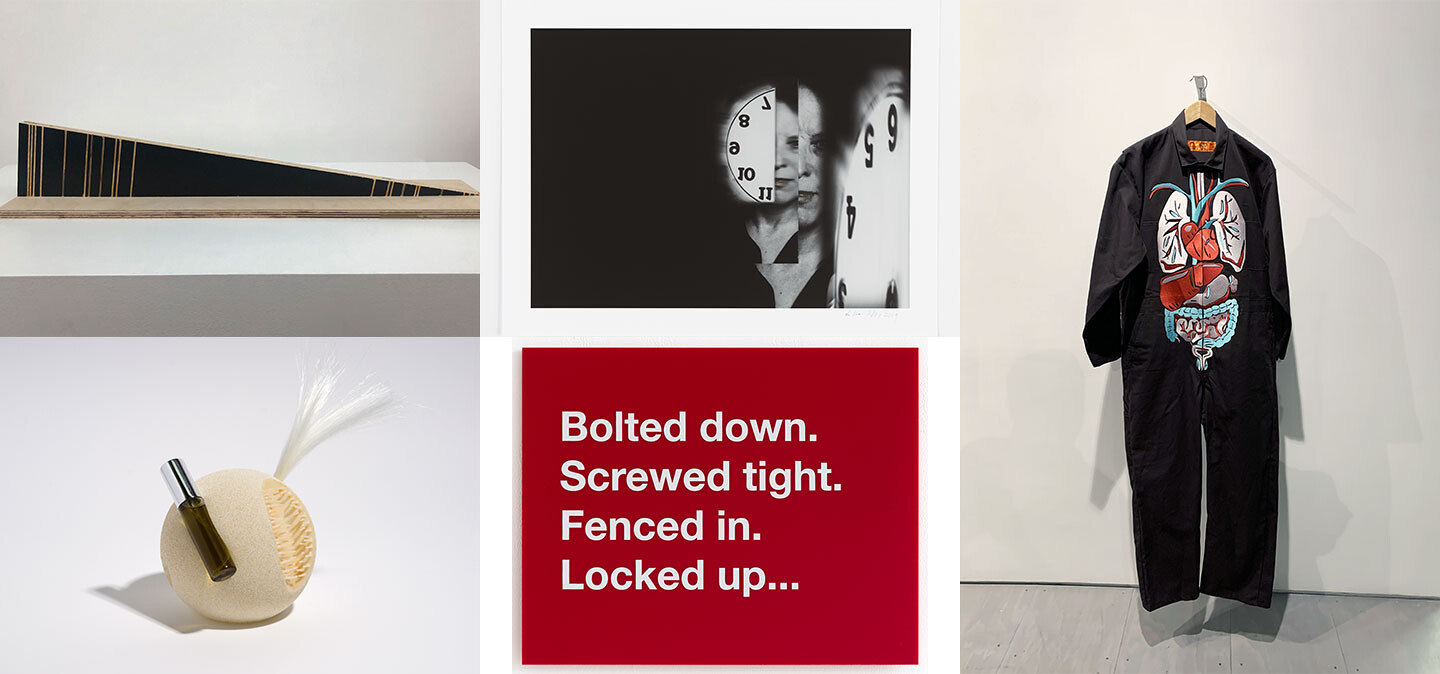Dara Birnbaum Read Bio Collapse
Dara Birnbaum is a pioneering American video and installation artist whose various critiques and transformations of the moving image have inspired artists internationally. An architect and painter by training, Birnbaum entered the nascent field of video art in the mid-to-late 1970s challenging the gendered biases of the period and television’s ever-growing presence within the American household. Her work primarily addresses ideological and aesthetic features of mass media, involving the re-manipulatiion of television’s idiomatic grammar and various genres, and enacting a complex and critical engagement with the medium’s representation of political events and the public’s reception of history. Her techniques often merge low- and high-end technologies and draw on her background in architecture and painting to invent new pictorial devices. External and psychological reality, past and present, are conjoined through visual motifs such as reframed and layered images, dramatic wipes, and box inserts that function as windows onto other realities. She has described her works as new “ready-mades” that “manipulate a medium which is itself highly manipulative.” Birnbaum is also well known for forming part of the feminist art movement that emerged within video art in the mid-1970s. Today she has a global presence and is widely celebrated for her influential and powerful artworks. Birnbaum has been the recipient of various distinguished awards such as the John Simon Guggenheim Memorial Foundation Fellowship (2021); The Rockefeller Foundation Bellagio Center Arts Residency (2011); the Pollock-Krasner Foundation Grant (2011); and the United States Artists Fellowship (2010); and was the first woman in video to receive the prestigious Maya Deren Award by the American Film Institute, in 1987. In February 2017, Carnegie Mellon University’s School of Art created The Birnbaum Award in the artist’s honor. Her work is on view in the group shows Signals: How Video Transformed the World (MoMA, New York), and It’s Pablo-matic (opening June 2, Brooklyn Museum), and in solo shows at the Osservatorio, Galleria Vittorio Emanuele II (Milan) and Prada Aoyama (opening June 1, Tokyo).


